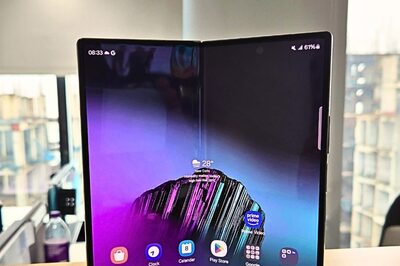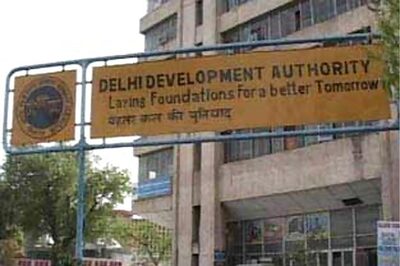
views
THIRUVANANTHAPURAM: ‘Elevated Metro Rails’ on massive concrete pillars through the middle of narrow arterial roads in cities are being discarded everywhere as a transport solution. It is being resorted to by poor countries where poor governments inflict it on poor people, because of the huge cost involved in building it underground, which is the most common characteristic of a Metro - short for ‘Metropolitan Rail’ - all over the world during the last 135 years and more. The underground Metro was invented as a transport solution for the convenience of a growing city and citizens without disturbing its heritage and existing conveniences in any way.The construction of a 32-km ‘elevated metro line’ through the middle of major arterial roads in Mumbai, connecting prominent locations like Andheri, Juhu Ville-Parle, Santa Cruz, Linking Road, Khar, Bandra etc is being reconsidered after residents, shopkeepers, urban experts, town planners and architects met the Chief Minister Prithviraj Chavan in early October 2011 and submitted a memorandum giving their reasons for opposing the proposed elevated rail.The Kerala Government has decided to construct a 27-km elevated rail called ‘Kochi Metro Rail’ that will cut across the middle of major arterial roads on massive concrete pillars, surrounded by thickly populated residential and business areas, which will stifle the growth of the largest commercial city in Kerala and give its residents and shopkeepers a miserable existence. Kochi is a small city with small population and limited space and its peculiar transport requirements should be considered by using modern knowledge of urban planning and development before leaping into this unknown field of transport solution.Construction of a road transport network is the first step of urbanisation, and ‘road flyovers’ are an essential feature of this urban road development. In the United States this started some 70 years ago. In New Delhi, the first flyover was built during the time of Indira Gandhi, just before the Asian Games. Planners of Kochi Metro Rail have always been fascinated by ‘Delhi model’ or ‘Chennai model’, but seem to have forgotten that, unlike Kochi, these cities completed the ‘flyovers’ phase much before Metro Rail construction was taken up. Enlightened town planners believe in the importance of preserving the air space above the road transport network, so that the same air space is not used by any other transport system. Flyovers not only ease transport chaos to a great extent, but can be implemented in any city at a fraction of the cost and time required for a Metro Rail.In Kochi, this can be supplemented by an efficient water transport system as well as developing 22 acres of unused urban land, bordering the High Court buildings, known as ‘old railway station’, from where several services can be run to accommodate passenger traffic to suburban places. Other alternative modes of transportation suitable for cities like Kochi could also be considered.The challenge of Kochi is to find a public transport system suitable to our needs, and not to import a system that had worked in New Delhi or Chennai or elsewhere. Presently we seem to have decided to proceed with pre-determined conclusions. The people of Kerala have been totally ignorant about the long-term impact of Kochi Metro Rail on their lives though the project had been in the offing for a decade. A feeble attempt has been made recently to place the project on a newly created website in order to bring about some amount of transparency. But a website is seen only by a minuscule section of the public who have access to the electronic media.The proposed Kochi Metro Rail is an example of a state incurring avoidable large public expenditure as a result of flawed plans.(The writer is a critic of contemporary affairs. e-mail: [email protected] The views expressed in the article are the author’s own)



















Comments
0 comment